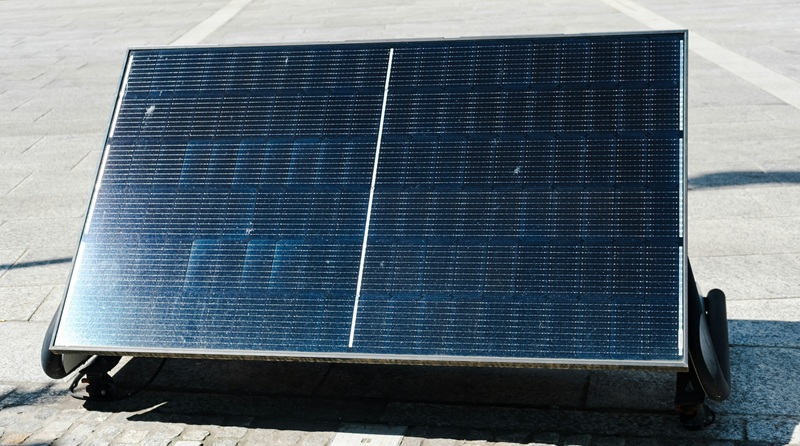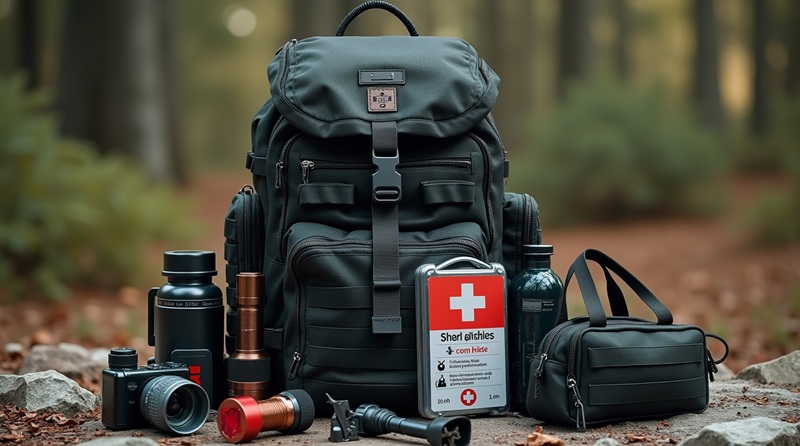During prolonged power outages, evacuations, or off-grid living, having a reliable energy source is essential. Portable solar generators have become a modern alternative to traditional gas-powered generators: silent, solar rechargeable, and capable of powering essential devices.
With the rapid growth of the market in 2025, these generators are suitable for both home use and emergency situations. This guide explains why to choose solar, how to select the right model, and which are the best solar generators available this year.
Why Choose a Solar Generator?
- Complete energy independence: runs solely on sunlight, no fuel needed.
- Silent and emission-free: unlike noisy, polluting gasoline generators.
- Versatile: powers laptops, phones, lamps, portable mini-fridges, and even medical devices.
- Eco-friendly and durable: a long-term cost-effective investment.
- Ideal for prolonged blackouts, off-grid living, or securing a home.
Key Criteria for Choosing Your Solar Generator
Capacity and power (Wh / kWh)
- 500–1,000 Wh: basic use (phone, lamp, small fridge).
- 1,000–2,000 Wh: light, occasional home use.
- 2,000+ Wh: whole-house power for outages or heavy use.
Portability and weight
- Compact models (< 10 kg) for camping and nomadic use.
- Larger models (> 40 kg) for fixed, home use.
Recharge time and compatibility
- Solar panel recharge: 6–12 hours under optimal conditions.
- AC recharge: faster, useful for preparation.
- Ability to add external batteries for capacity extension.
Output quality
- USB-C Power Delivery for modern laptops and phones.
- AC and DC outlets for standard devices and 12V for automotive equipment.
Top 5 Best Solar Generators in 2025
| Model | Capacity (Wh) | Weight | Highlights | Recommended Use |
|---|---|---|---|---|
| Jackery Explorer 1000 / 2000 | 1,002 / 2,160 | 10 / 18 kg | Compact, intuitive interface, versatile | Home, camping, emergencies |
| EcoFlow Delta Pro | 3,600 (expandable to 25 kWh) | 30+ kg | Ultra-fast recharge, home compatible | Powerful, enhanced autonomy |
| Bluetti AC200P | 2,000 | 27 kg | Multiple outputs, LiFePO4 battery | Survivalists, families |
| Goal Zero Yeti 1500X | 1,516 | 20 kg | Durable, designed for extreme conditions | Outdoor, expeditions |
| Powertec Aqiila S140 | 200 | 1.2 kg | Ultra-lightweight, ideal for mobility | Light users, nomads |
Essential Accessories
- Folding solar panels (e.g. Jackery SolarSaga, EcoFlow, Goal Zero).
- Various adapter cables.
- Additional batteries for capacity expansion.
Usage Tips and Optimization
- Place panels in full sunlight, angled about 30–45°.
- Avoid fully discharging the battery to extend lifespan.
- Prioritize powering vital devices: medical fridge, lamps, communications.
- Pair with a gas generator backup if needed.
FAQ – Portable Solar Generators
It depends on the battery capacity in Wh and the power consumption of devices. For example, a Jackery Explorer 1000 can power multiple phones for several days.
Yes, especially models with LiFePO4 batteries and capacities over 2,000 Wh designed for full home use.
A 100W solar panel is a good compromise for most nomadic needs, but multiple panels can be combined.
It depends on usage. For camping and nomadic use, portability is key. For home use, prioritize power and capacity.
Conclusion
A solar generator is much more than a gadget: it guarantees energy independence and peace of mind during power outages, crises, or off-grid living.




